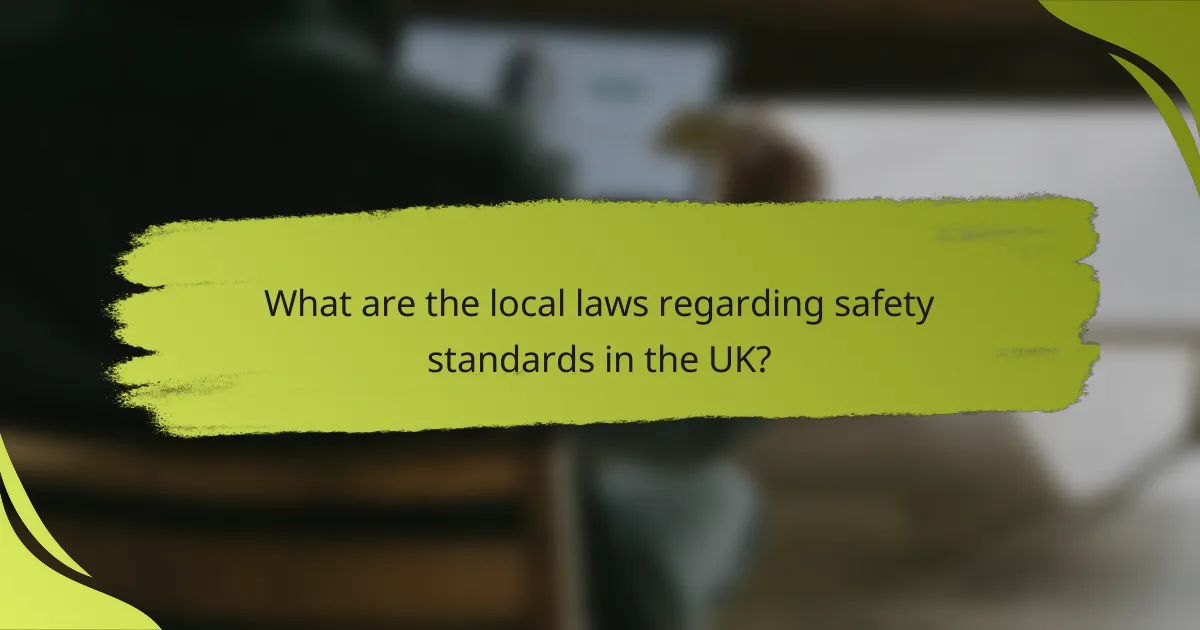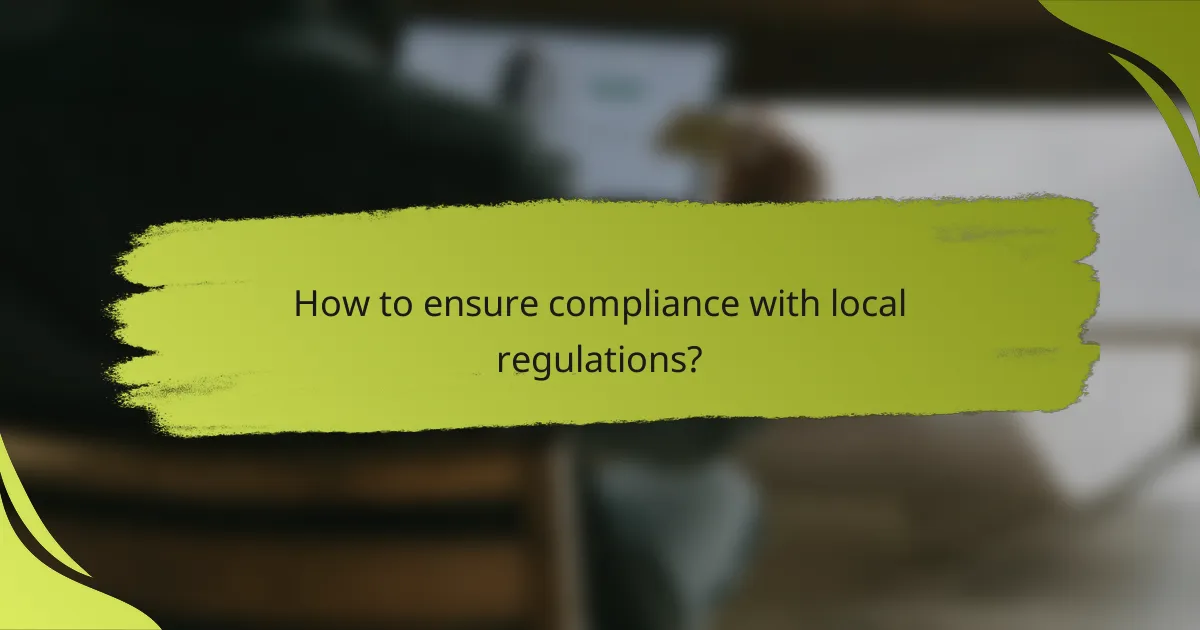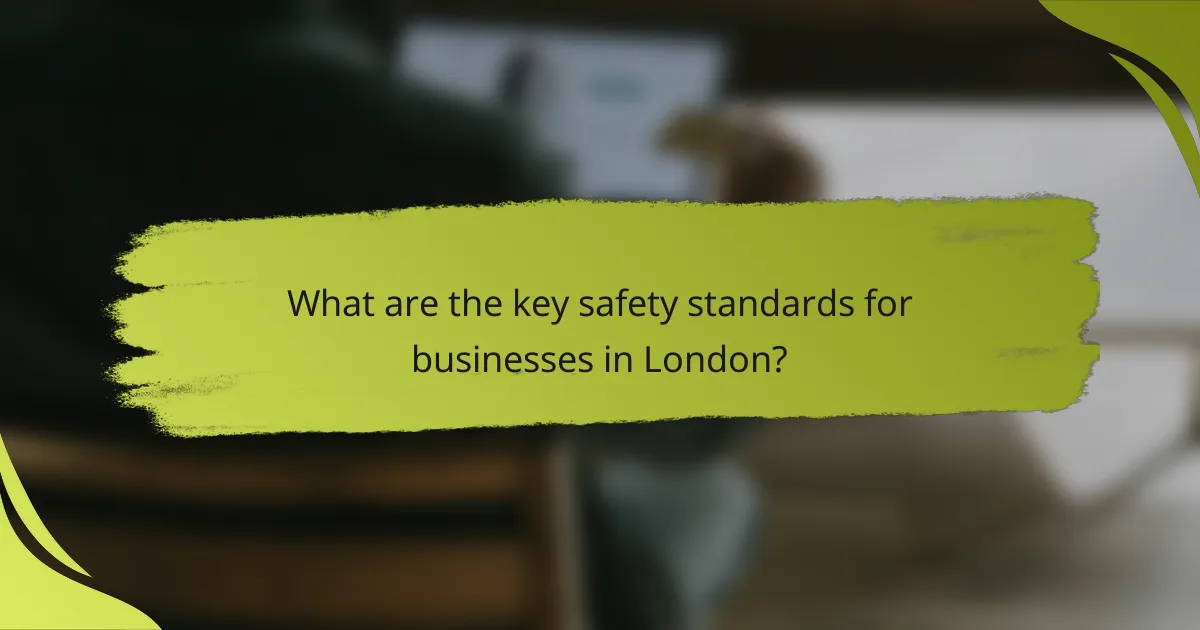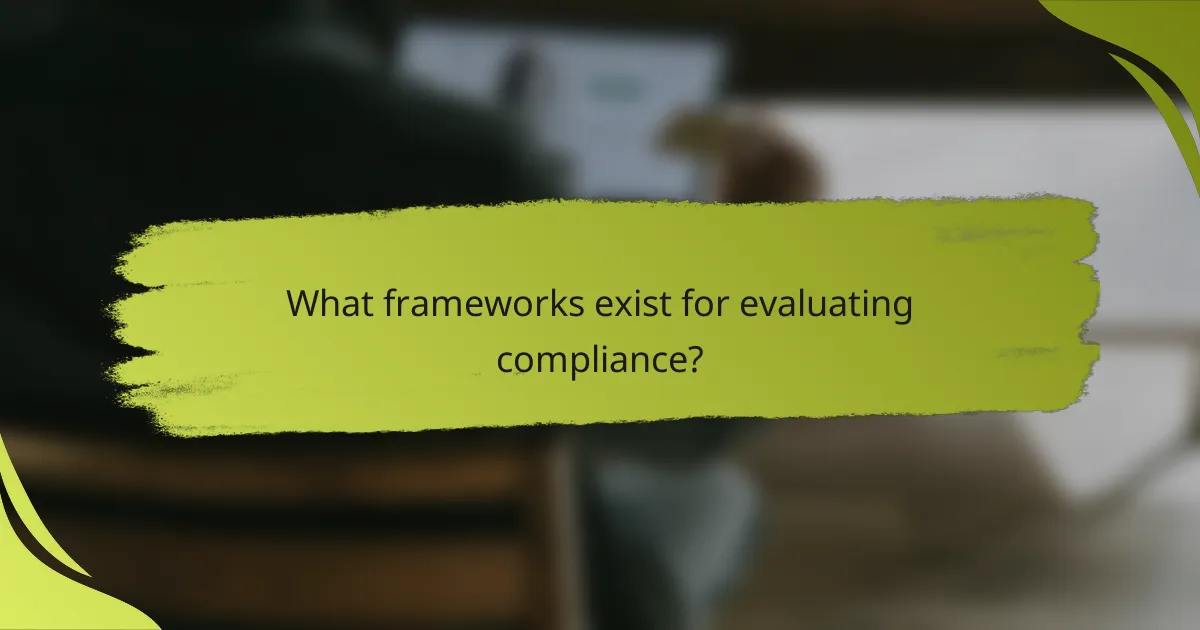Local laws regarding safety standards are essential for protecting the health and safety of both workers and the public. In the UK, key regulations such as the Health and Safety at Work Act 1974 and the Regulatory Reform (Fire Safety) Order 2005 outline specific compliance requirements that industries must follow to mitigate risks and avoid penalties.

What are the local laws regarding safety standards in the UK?
The local laws regarding safety standards in the UK focus on protecting the health and safety of workers and the public. Key regulations include the Health and Safety at Work Act 1974, the Regulatory Reform (Fire Safety) Order 2005, and the Environmental Protection Act 1990, each addressing specific aspects of safety and compliance.
Health and Safety at Work Act 1974
The Health and Safety at Work Act 1974 is the primary legislation governing workplace safety in the UK. It requires employers to ensure, as far as reasonably practicable, the health, safety, and welfare of their employees and others affected by their work activities.
Employers must conduct risk assessments, implement necessary safety measures, and provide adequate training and supervision. Failure to comply can result in significant penalties, including fines and imprisonment.
Regulatory Reform (Fire Safety) Order 2005
The Regulatory Reform (Fire Safety) Order 2005 consolidates fire safety legislation in England and Wales. It places the responsibility for fire safety on the ‘responsible person’—typically the employer or owner of the premises.
This law mandates that a fire risk assessment be conducted and appropriate fire safety measures be implemented. Regular maintenance of fire safety equipment and staff training are also essential to ensure compliance and safety.
Environmental Protection Act 1990
The Environmental Protection Act 1990 provides a framework for environmental protection and pollution control in the UK. It establishes responsibilities for waste management and sets standards for preventing harm to the environment and human health.
Businesses must adhere to regulations regarding waste disposal, emissions, and the management of hazardous substances. Non-compliance can lead to severe fines and legal action, emphasizing the importance of understanding and following these environmental standards.

How to ensure compliance with local regulations?
Ensuring compliance with local regulations involves understanding the specific laws applicable to your industry and implementing systematic processes to adhere to them. Regularly reviewing these regulations and maintaining proactive measures can help mitigate risks and avoid penalties.
Regular audits and inspections
Conducting regular audits and inspections is essential for maintaining compliance with local regulations. These evaluations help identify potential non-compliance issues before they escalate, allowing for timely corrective actions. Aim for quarterly audits to stay ahead of any regulatory changes or operational shortcomings.
During audits, focus on key compliance areas such as safety standards, environmental regulations, and labor laws. Utilize checklists to ensure all relevant aspects are covered, and consider involving third-party auditors for an unbiased perspective.
Employee training programs
Implementing employee training programs is crucial for fostering a culture of compliance within your organization. Regular training sessions should cover relevant regulations, safety protocols, and best practices to ensure all staff members are informed and prepared. Consider conducting training at least biannually to keep employees updated on any changes in regulations.
Utilize a mix of training methods, such as workshops, e-learning modules, and hands-on demonstrations, to cater to different learning styles. Encourage feedback from employees to improve the training process and address any gaps in understanding.
Documentation and record-keeping
Maintaining thorough documentation and record-keeping is vital for demonstrating compliance with local regulations. Keep detailed records of audits, training sessions, and any incidents that occur within the workplace. This documentation serves as evidence of your commitment to compliance and can be invaluable during inspections.
Establish a centralized system for managing records, ensuring that all documents are easily accessible and organized. Regularly review and update records to reflect current practices and regulations, and consider using digital tools to streamline the process and enhance security.

What are the consequences of non-compliance?
Non-compliance with local laws can lead to significant consequences, including financial penalties, legal actions, and damage to a business’s reputation. These repercussions vary based on the severity of the violation and the specific regulations involved.
Fines and penalties
Fines and penalties are among the most immediate consequences of non-compliance. Regulatory bodies may impose monetary fines that can range from hundreds to thousands of dollars, depending on the violation’s nature and jurisdiction. For instance, environmental regulations might result in higher penalties for businesses that fail to meet safety standards.
In addition to direct fines, companies may also face increased costs due to compliance audits and the need to rectify violations. It is crucial for businesses to stay informed about applicable regulations to avoid these financial burdens.
Legal action and lawsuits
Non-compliance can lead to legal action, including lawsuits initiated by regulatory agencies or affected parties. Businesses may find themselves defending against claims that can result in costly legal fees and settlements. In some cases, repeated violations can lead to stricter enforcement actions, including injunctions or operational shutdowns.
To mitigate the risk of legal repercussions, companies should implement robust compliance programs and regularly train employees on relevant laws and regulations. This proactive approach can help identify potential issues before they escalate into legal disputes.
Reputation damage
Reputation damage is a significant consequence of non-compliance that can have long-lasting effects on a business. Negative publicity from violations can erode customer trust and lead to a decline in sales. Companies may also find it challenging to attract new clients or partners if they are perceived as non-compliant.
To protect their reputation, businesses should prioritize compliance and transparency. Engaging in community outreach and demonstrating a commitment to ethical practices can help rebuild trust and mitigate the impact of any past violations.

What are the key safety standards for businesses in London?
In London, key safety standards for businesses focus on ensuring a safe working environment, protecting employees from hazards, and complying with legal regulations. These standards include ISO 45001, BS 7671, and guidelines from the Health and Safety Executive (HSE).
ISO 45001 for occupational health and safety
ISO 45001 is an international standard that outlines requirements for an occupational health and safety management system. It helps organizations improve employee safety, reduce workplace risks, and create safer working conditions.
To implement ISO 45001, businesses should assess their current safety practices, identify hazards, and establish a framework for continuous improvement. Regular training and employee involvement are crucial for effective compliance.
BS 7671 for electrical safety
BS 7671, also known as the IET Wiring Regulations, sets the standards for electrical installations in the UK. It ensures that electrical systems are designed, installed, and maintained safely to prevent electrical hazards.
Businesses must ensure that all electrical installations comply with BS 7671, which includes regular inspections and testing. Non-compliance can lead to serious safety risks and legal repercussions.
HSE guidelines for workplace safety
The Health and Safety Executive (HSE) provides comprehensive guidelines to help businesses maintain workplace safety. These guidelines cover various aspects, including risk assessments, employee training, and emergency procedures.
Employers should regularly review HSE guidelines and ensure that all staff are trained on safety protocols. Common pitfalls include neglecting to document safety procedures and failing to conduct regular safety audits, which can lead to increased risks and potential fines.

What frameworks exist for evaluating compliance?
Various frameworks help organizations evaluate compliance, focusing on regulations, safety standards, and best practices. These frameworks provide structured approaches to ensure adherence to legal and operational requirements.
Compliance checklists
Compliance checklists are practical tools that outline specific requirements an organization must meet to comply with regulations. They can include items related to safety, environmental standards, and operational procedures.
To create an effective checklist, identify relevant regulations and break them down into actionable items. For example, a workplace safety checklist might cover personal protective equipment, emergency procedures, and training requirements. Regularly reviewing and updating the checklist ensures ongoing compliance.
Risk assessment matrices
Risk assessment matrices help organizations evaluate and prioritize risks associated with non-compliance. These matrices typically plot the likelihood of an event against its potential impact, allowing for a visual representation of risk levels.
When using a risk assessment matrix, categorize risks as low, medium, or high based on their likelihood and impact. For instance, a high likelihood of a minor safety violation may warrant different actions than a low likelihood of a major environmental breach. Regularly updating the matrix is crucial to reflect changes in regulations or operational practices.

How to stay updated on changing regulations?
To stay informed about changing regulations, regularly monitor official government communications and industry news. Engaging with reliable sources ensures you receive timely updates that affect compliance and safety standards.
Subscribe to government updates
Subscribing to government updates is a direct way to receive the latest regulatory changes. Most government agencies offer newsletters or alerts that can be delivered via email or through dedicated apps.
Check the websites of relevant local, state, or federal agencies for subscription options. For instance, in the United States, the Federal Register provides updates on new regulations, while in the EU, the European Commission offers similar services.
Join industry associations
Joining industry associations can provide access to valuable resources and insights on regulatory changes. These organizations often have dedicated teams that monitor legislation and share updates with their members.
Membership can also offer networking opportunities with peers who face similar compliance challenges. Look for associations that align with your industry, as they may provide webinars, newsletters, and forums to discuss new regulations and best practices.
